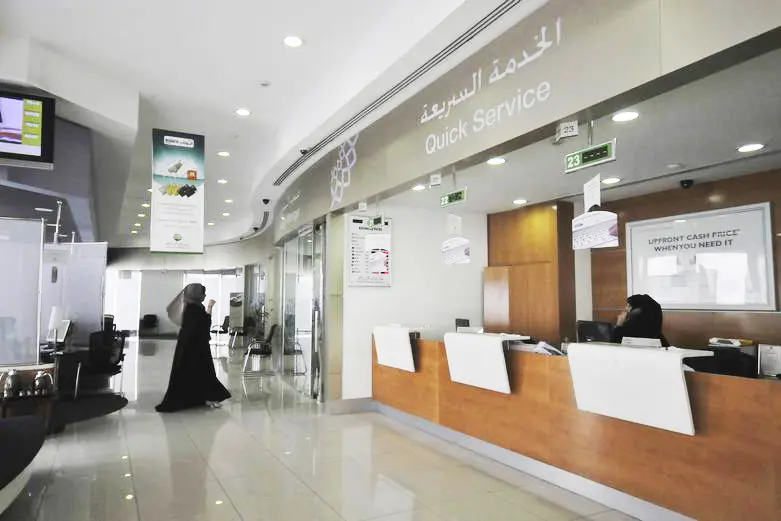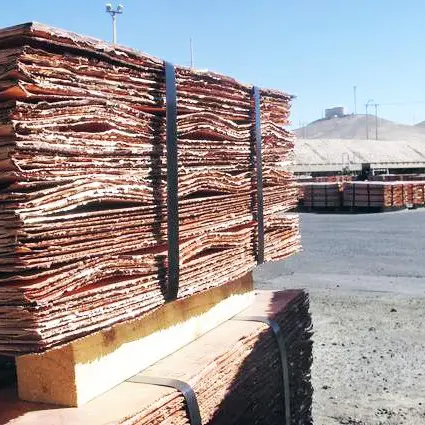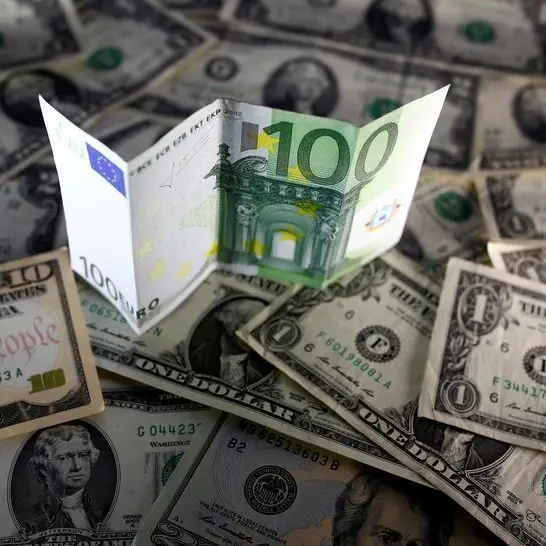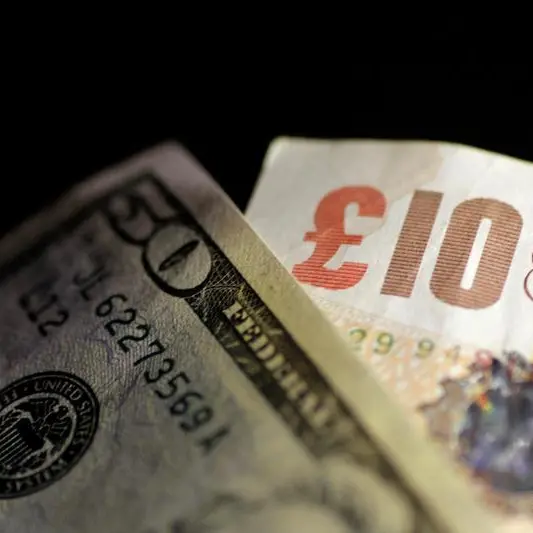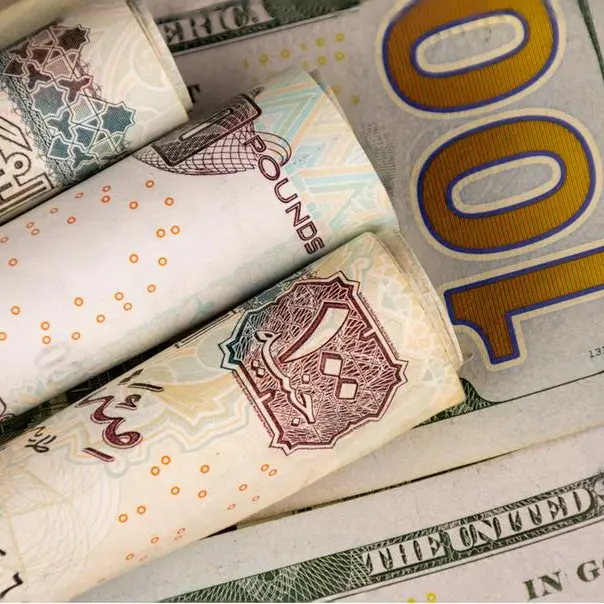PHOTO
* Credit losses at Saudi banks forecast to reach 2 to 3 pct in 2016 - S&P
* More pain ahead from slower govt and consumer spending
* Credit downgrades and new accounting rules will also raise costs
By Tom Arnold
DUBAI, May 25 (Reuters) - More than two-thirds of Gulf banks reported an increase in unpaid loans in the first three months of the year and more defaults are likely as oil-dependent governments slash spending to adjust to lower crude prices.
After several years in which banks' profits jumped thanks to the region's petrodollar boom, the oil markets' two-year malaise is taking its toll. New global accounting standards from 2018 will make lending even harder.
"The days of double-digit profits and expansion plans are gone," said one United Arab Emirates-based banker. "Now, it's all about single-digit growth and controlling costs as bad loans are going to keep getting higher. It's the new normal."
Two of the region's largest banks show how tough things have become.
National Commercial Bank (NCB), Saudi Arabia's largest bank by assets, put aside 58.8 percent more money to cover bad loans during the quarter, analysts estimate, partly due to delays in government payments to its customers.
The bank has close links to the government and construction giant Saudi Binladin Group, which like many building companies, has been hit by a slump in the building sector as the state slows spending.
One of the most visible signs of the slowdown is the King Abdullah financial district in Riyadh, where gleaming tower blocks are still unfinished a year after they were supposed to be completed.
National Bank of Abu Dhabi (NBAD), Abu Dhabi's largest bank by assets, reported 73.3 percent more defaulted loans over the same period; small and medium-sized businesses are struggling as well as larger companies such as Al Jaber Group, with interests spanning construction and retail to aviation.
Many indebted small business owners have fled abroad. Banks lost around $1.4 billion in the year to November this way, a senior banking official has said, although the head of the UAE banking federation said this week more were now renegotiating.
Out of 26 regional banks, 69 percent reported a rise in the percentage of non-performing loans and analysts and bankers expect that to climb further due to lower government and consumer spending.
"NORMAL CYCLE"
Abu Dhabi's government cut spending by 20 percent in 2015, according to estimates by ratings agency Fitch, while in Saudi Arabia, cash withdrawals were down 8 percent in March compared to a year ago, official data shows.
Bankers cited cuts in subsidies and allowances and the one-off boost last year from a two month salary bonus for employees.
"There's no question consumer disposable income will erode for a period of time," said one senior banker. "There are pressures from bad debt. There's nothing out of the normal cycle. But it all adds up to pressure on the system."
Standard & Poor's (S&P) expects credit losses and non-performing loans for the banks it rates in Saudi Arabia to rise to 2 to 3 percent of total loans over the next 24 months, up from around 1 percent now. That is still below the roughly 4.5 percent level reached for Gulf banks in the wake of the Dubai property crash in 2009.
Job losses have also hurt banks. Energy companies in Abu Dhabi and Qatar have cut jobs and Saudi Binladin Group is cutting around 70,000 jobs, about a third of its workforce.
In a bid to boost profitability, some banks, including Abu Dhabi's First Gulf Bank, National Bank of Ras Al Khaimah and units of Emirates NBD have already shed staff.
While further job cuts cannot be ruled out, banks will also focus on curbing lending to segments of the economy deemed riskier, such as construction and retail, bankers say.
With oil price climbs, spending by Gulf governments fuels economic growth and lending and saving boosts bank deposits. Now, governments are pulling cash out of banks to plug budget deficits, straining deposit growth, particularly at banks with close state links such as NCB and NBAD.
Other big state projects have also stalled, including the latest stage of Etihad Rail, the state-backed firm building a railway network in the United Arab Emirates.
DOWNGRADES, ACCOUNTING PRESSURES
Capital adequacy levels of Gulf banks stood at around 18 percent in the region last year, higher than the level required under Basel III of 8 percent.
But with a significant chunk of the region's debt held by banks, bankers fear that any diminishing in the creditworthiness of borrowers will affect their balance sheets.
Oil's slide has led to credit rating downgrades for some governments and companies with close state links, including banks. Bahrain, vulnerable because of its slim oil surpluses, is now rated junk by both S&P and Moody's.
"The capital charges related to sovereign exposures on banks' balance sheets are linked to the sovereign ratings, so any change in those ratings will have an impact," said Suha Urgan, a banking analyst at S&P.
Adding to their headache are the new International Financial Reporting Standards (IFRS) 9, which will change the way banks account for credit losses.
Regulators in the UAE, Bahrain, Qatar and Saudi Arabia are already pressing banks to prepare for the regulations, designed to improve the resilience of the banking system to shocks.
Banks currently build provisions for loans when borrowers fail to repay. Under the planned expected credit loss model, they will have to reflect the possibility of losses on their balance sheet from a much earlier stage of the lending cycle.
Banks will have to report earnings under new rules from the start of 2018. But they will have to adopt the requirements internally from next year to make like-for-like comparisons.
The regulations were expected to have significant impact on banks' operations and possibly raise impairment requirements, according to a UAE central bank document seen by Reuters.
"This will make it very hard for us to lend to anyone without building up a huge provision" worried one Bahraini banker. "Either you need to have a big capital, which is not practical or lend to only AAA or AA rated borrowers, which is not realistic in this environment."
(Additional reporting by Angus McDowall and Katie Paul in Riyadh and David French in Dubai; editing by Philippa Fletcher)
© Reuters 2016
